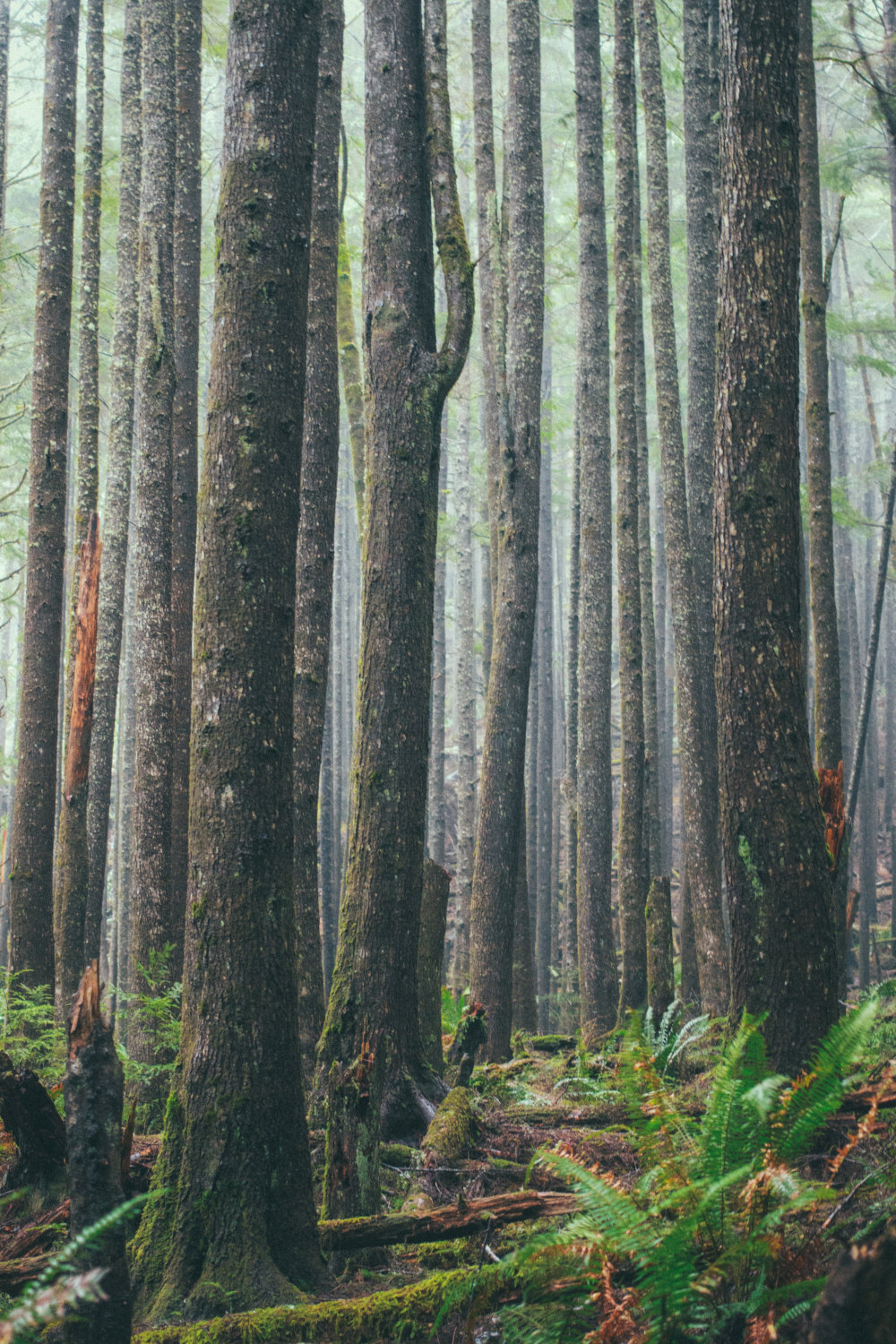This topic is something that makes us very excited, when barcodes are used for wonderful things like preventing the act of illegal logging which could also make a great impact on slowing deforestation.
What is illegal logging you may ask? Illegal logging is when groups of people illegally cut down trees that are endangered in order to sell the wood on the black market for large amounts of money to be used on items such as violin strings and coffins. An example of this is Brazilwood which is a type of wood in which Brazil was named after.
A way in which they are trying to prevent illegal logging is with the use of DNA barcoding, scientists have been able to extract DNA from the bark of trees and create barcodes according to specific tree species, the barcodes will also carry information with regards to the tree such as the owner of the tree, exact location from which the tree originates, size of the tree etc, the bar codes are then physically hammered into the trunks to make it a lot harder for loggers to sell them, as in order for a tree to be imported or exported the barcode will need to be scanned by officials at customs, which feeds into a live database to ensure that the wood is not endangered and is approved for lumbering.

This log will then be monitored all the way from when it was still standing in the forest to its journey through the supply chain market until it reaches its final destination.
When a tree is cut down the barcode will be on the log that is being removed and therefore a new barcode will be placed on the stump that remains in the ground. By 2009 over a million trees had been tagged with plastic barcodes and since then the use of DNA barcoding on trees has grown exponentially, with more and more countries adapting the principle of not allowing exports or transportation of non-barcoded logs.
This would make it basically impossible to move logs without it being barcoded and will also cause companies to be apprehensive about purchasing un-barcoded wood and will cause a drop in profit for illegal loggers.
The concept of DNA barcoding has begun broadening for use on plants as well, for example to authenticate herbal medicines and identify plant species. This enables scientists to compile a database of all plant species which will be linked to each of their own unique barcode numbers and this will allow the development of the concept in such a way that one day plant species will be able to be identified by a small tissue sample being scanned with a scanner similar to the ones used in retail stores today.
We love learning new ways in which barcodes can be used today and ways in which by us providing barcodes to companies who wish to buy a barcode we are contributing a little in our own way in the good that they do. Let us know if there are ways in which you are using your barcodes to improve procedures and processes around the world.

